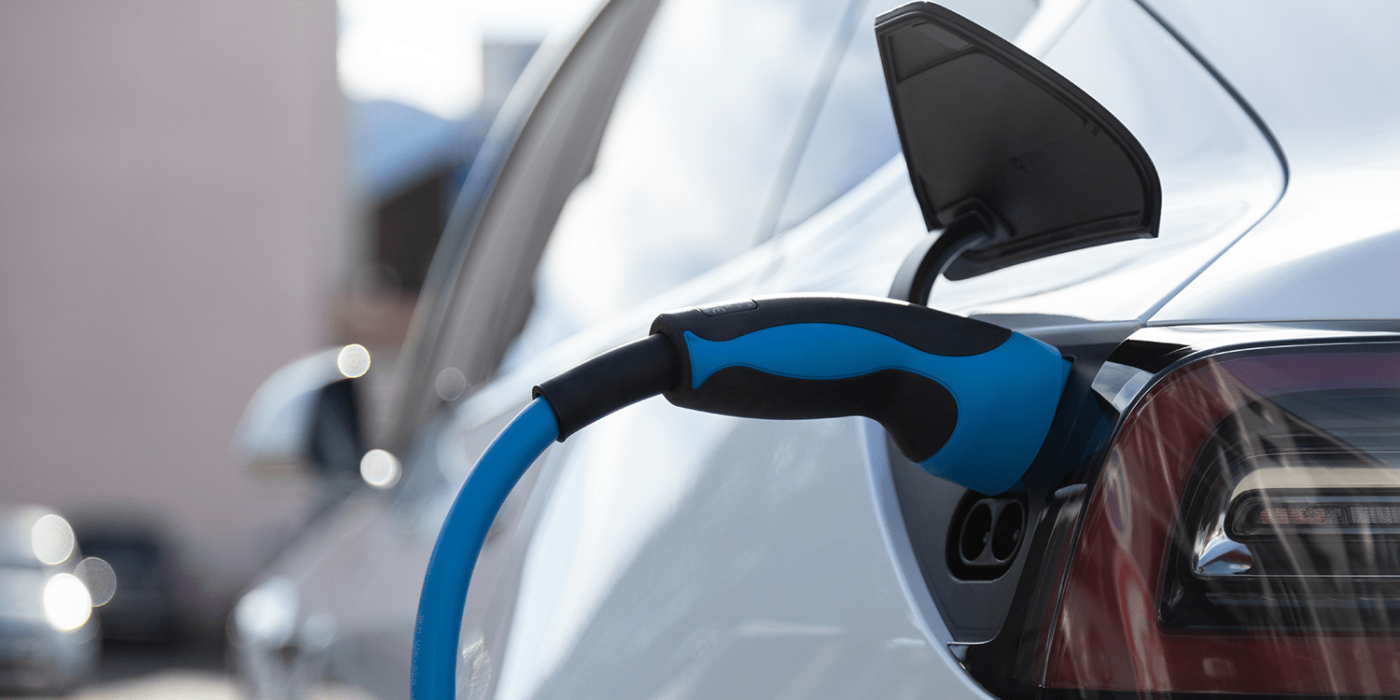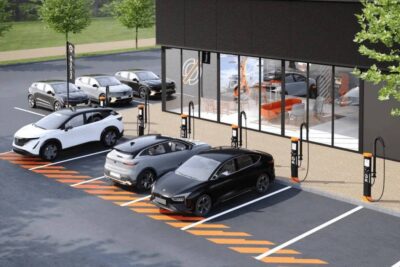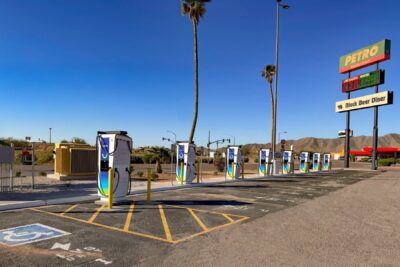German project to let consumers choose energy tariffs when charging
In a pilot project, users of electric vehicles in Germany may soon have the freedom to apply their own tariffs and energy mix at public charging stations. The collaboration between four key players could decouple the operators from pricing at will.
The project sees transmission system operator 50Hertz, renewable energy provider LichtBlick, IT startup decarbon1ze, and distribution system operator Stromnetz Berlin coming together. The aim is to test underlying IT processes to enable users to bring their own energy suppliers and respective billing systems.
This is no small feat, decoupling the electricity supply from the charging station operator, allowing users to select their provider and have the energy allocation accounted for in a “virtual balancing area”, also known as the accounting grid.
Balancing areas are usually the geographic boundaries within which power system operators balance electricity supply and demand. In areas without organized markets, energy exchanges generally occur through contracts between individual load-serving entities, independent power producers, and even the balancing area authorities.
Now taking the principle virtually further, the collaboration in Germany is rooted in the “Network Access Rules for Enabling Load-Specific Balancing Energy Allocation for Electromobility (NZR-EMob)” issued by the Federal Network Agency (BNetzA) in 2021. These regulations seek to expand the options for balancing electricity consumption, providing more freedom of choice for consumers. As a prerequisite, the BNetzA requires the precise metering and billing of each charging process by the charging station operator.
This accuracy is necessary for managing balancing areas, which have the market function of maintaining a balance between generation and procurement on one side and consumption and sale on the other side. For example, if this balance is off due to short-term peaks, the transmission system operator must physically balance the grid by regulating the energy flows.
Dr Dirk Biermann, Managing Director of Markets and System Operations at 50Hertz, explained, “The better the data foundation on charging processes, the better the load behaviour predictions will be. This, in turn, means that transmission system operators can manage the overall electrical system with an increasing share of renewable energy sources more safely and flexibly while also harnessing the significant storage potential of electric vehicles.”
From a consumer perspective, Enno Wolf, Chief Operating Officer of LichtBlick, said the green energy provider had advocated for more competition at public charging stations for years. “Only when EV drivers can choose between different providers at the charging station can they also widely benefit from innovative tariffs.” And this could also increase the share of renewable energy in the charging network.
The pilot project is underway, but the partners have yet to disclose the actual area and other details. Looking at the parties involved, Berlin is the most likely testing ground.
lichtblick.de (PI in German)





0 Comments